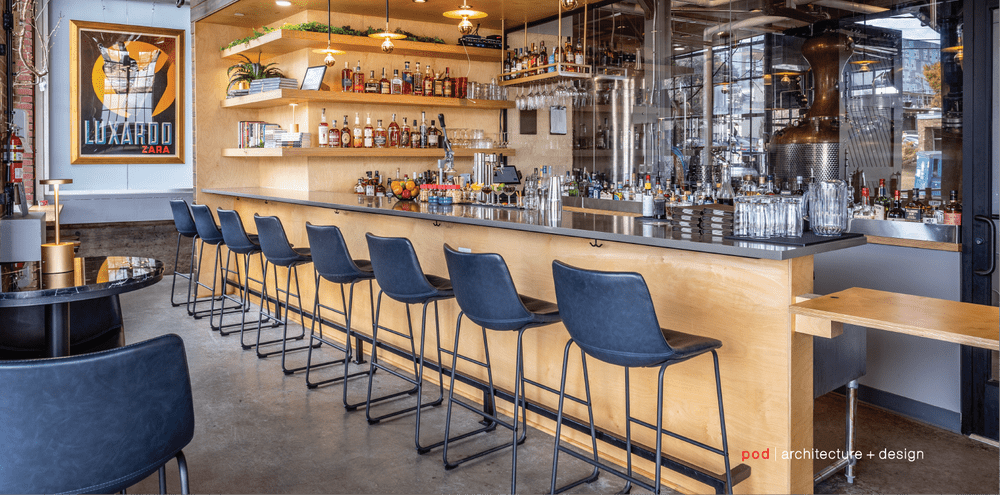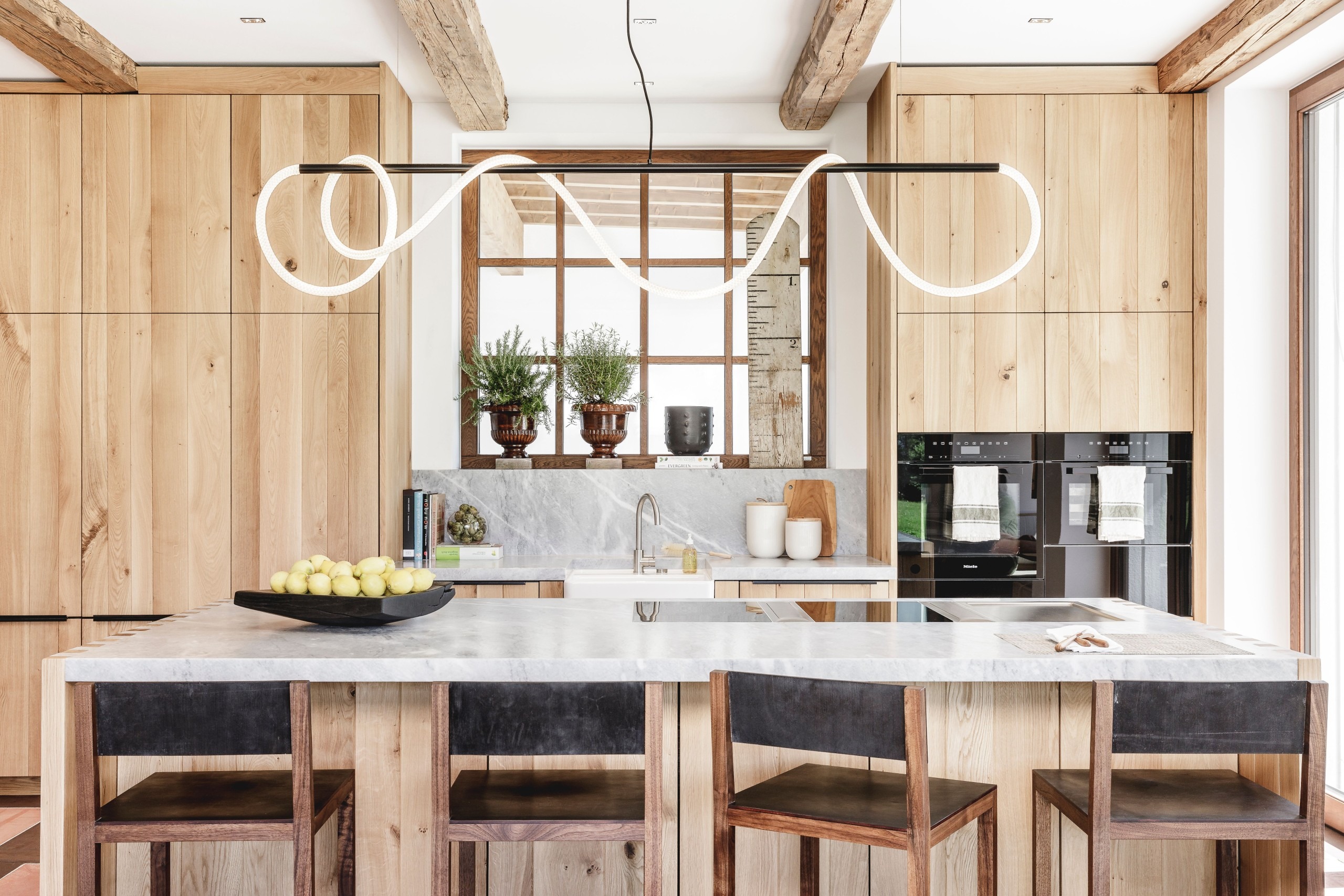Deborah Osburn and clé have introduced their 17th Century tile collection of 12-inch-by-12-inch limestone tile, inspired by delftware and its Chinese and European origins. Their delftware is about classic combinations of blue and white as well as yellow and magenta, but with updates for the 21st century. A+A recently checked in with Osburn about it:
Where did you first see delft tile? What was your impression?
I was in Europe in a shop that carried antique delft tiles. I was completely over the moon about them – what’s not to love about blue and white? Add to that the joyous delft patterns mimicking nature and the lyrical play between white and the blue patterns – I’ve loved delft ever since! I was also once given the most delicate tea cup from the Ming dynasty era. I still have it and have treasured it even though it’s very small and fragile. I was told it is probably the most valuable object I own. All in a tea cup!
How were able to take this traditional design and make it contemporary?
For a while now, I’ve been infatuated with traditional designs in amplified sizes. We just completed a custom project that needed to salute a traditional design motif, but the space was modern. So we amped up the size, and something very classic but ultra-contemporary evolved. I instantly wanted to try the same with my favorite delft patterns, after our first trials. The moment I saw delft in a 12-inch by 12-inch format, I was completely wowed.
Where does tile design like that work best?
We already have had a tremendous response to them. People want them for back splashes and showers, but also for floors. I originally had envisioned them for floors – big sweeping delft patterns, which, in their traditional smaller format would have been too finicky for a floor. 17th Century’s new larger scale allows delft patterns to have a bolder presence capable of pulling off a grand entrance or a typical bath or kitchen floor. Additionally, traditional delft patterns utilize a delicate majolica process based on a clay body only suitable for walls. Our 17th Century tiles are hand-painted or lithographed on limestone which allows them to be used almost anywhere.
Why did you choose these colors for the collection?
There are three colors that are traditional to delft: blue/white, yellow/white and magenta/white. But in keeping with our modernization of delft, I wanted to add some colors I felt are trending now – like gray, pink, teal and persimmon.
What’s the difference in the hand-painted and lithographed versions of the tiles?
For smaller spaces, where you would encounter the tiles up close (splash and shower), I would use the hand-painted versions. I believe that Tilevera’s tile painters are unparalleled and that the look and feel of hand-painted delft patterns is luscious. But for a large floor or exterior wall – the lithography works beautifully and is priced nicely.
Who says that delft is the new black?
I think as trend forecasters, we are always trying to observe what colors are pushing up through the design zeitgeist – popping up on the runways, in the press and simultaneously in stores. Delft continues to resonate in all those areas. I’m very fond of Pinterest – and I have a popular Pinboard filled with delft photos. It’s very enlightening to see how designers are reinventing the use of delft, and recently I’ve seen so many new “celebrations” of delft that I had to pronounce it as the new black.
[slideshow id=1062]
For more information, go to http://www.cletile.com/delft-tilesdelectable-and-17th-century/


